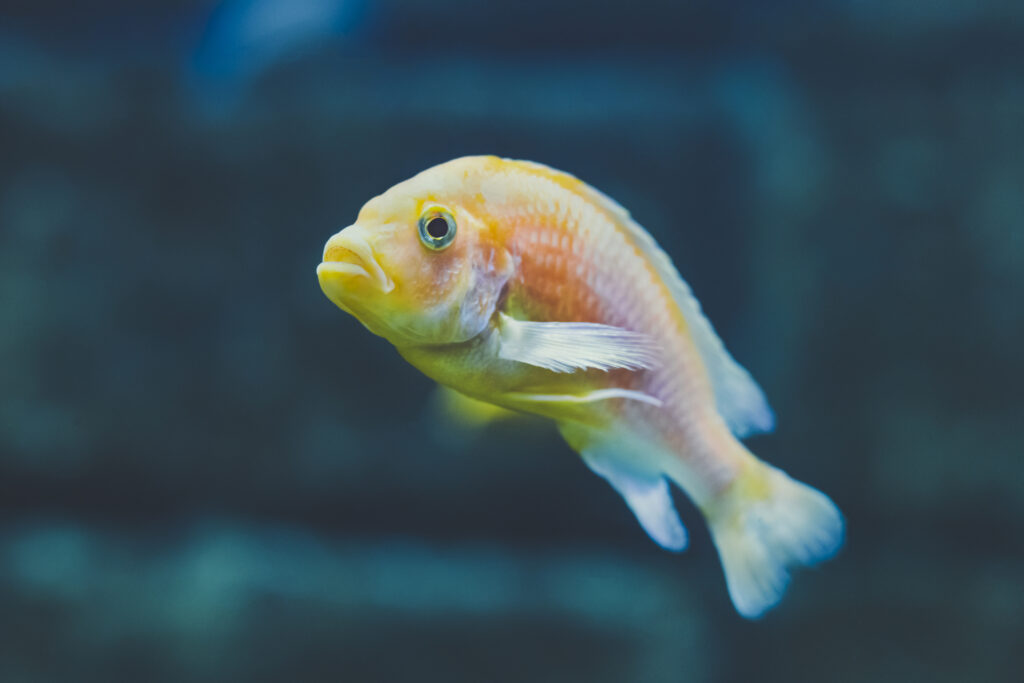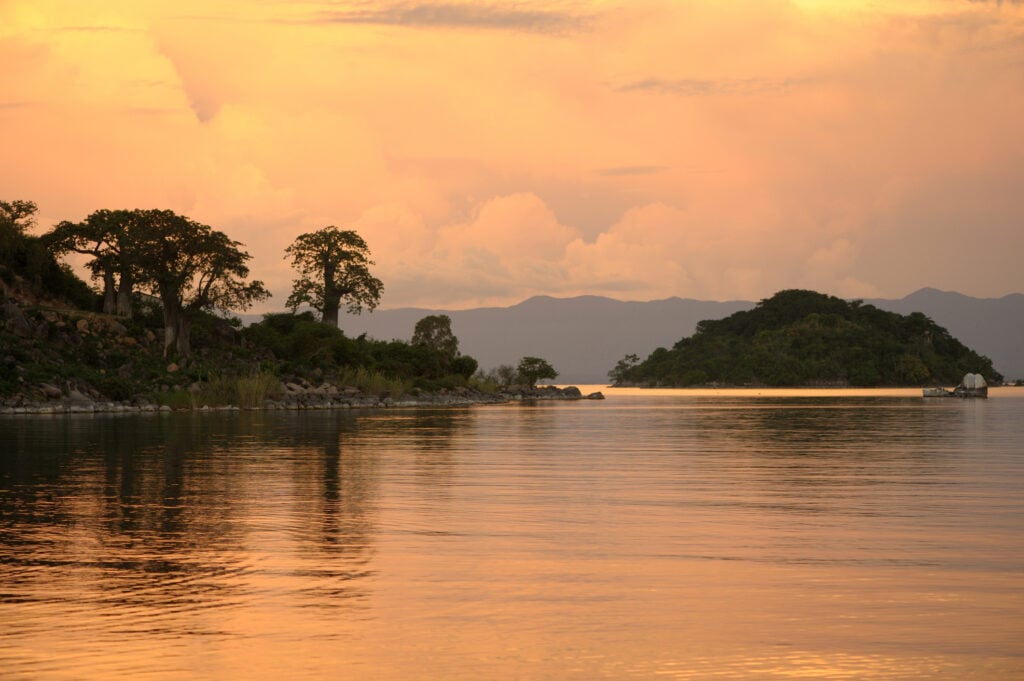It’s thought there are well over 1,000 different species of cichlid, making them an incredibly diverse family of fish. In fact, this makes cichlids one of the largest vertebrate families. So, with that in mind, these fascinating and varied creatures are certainly worth learning more about. Here are some of the top facts to help you understand what these fish are all about.
What are cichlids?
Cichlids (Cichlidae) are freshwater, bony fish and each species is incredibly different. They can be found in almost every body of freshwater, including rivers, lakes and swamps. The family of cichlids includes well-known species such as angelfish, discus and tilapia.
They are typically deep-bodied in appearance and have one nostril on each side of the head, instead of the usual two. Apart from this, they can differ greatly in appearance which we’ll go into more detail on later!

Top facts about cichlids
So, what do you need to know about cichlids? Here are our essential facts…
It’s pronounced ‘sick-lid’
If you were wondering, cichlids are pronounced ‘sick-lid’. Its common name comes directly from its genus name, Cichlidae, which derives from the Ancient Greek for sea fish.
Cichlids are over 40 million years old
Fossil evidence shows that cichlids first appeared during the Eocene period, which occurred around 55-33 million years ago. The dinosaurs had already been extinct for around 10 million years before this period began. It’s a similar time to when the first cetaceans (whales, dolphins and porpoises) first appeared.
Most cichlid species are found in 3 African lakes
A huge number of species of cichlid are found in just 3 lakes in Africa – Lake Tanganyika, Lake Victoria and Lake Malawi. In Lake Malawi alone, you can find over 600 known species of cichlid.

They differ vastly in colour and size
Due to the sheer number of different species, it’s no surprise that cichlids vary greatly in colour and size. They are incredibly vibrant, with species including the rusty cichlid (Iodotropheus sprengerae) which is either rusty brown or lavender purple depending on the gender. The auratus cichlid (Melanochromis auratus) is also known as the golden mbuna, with the females being bright yellow with black and white stripes.
Their size can vary too. The smallest cichlids are around 5cm long, with the African giant cichlid being the biggest at around 91cm.
Some species are mouthbrooding
This is a very unique way of looking after the eggs, also known as oral incubation. It means the animal will hold them in their mouth for extended periods of time. In cichlids, it happens more frequently where the female takes the eggs. It’s a very effective way of protecting the eggs until they hatch!
Cichlids provide parental care
It’s quite uncommon for fish to care for their young after they have hatched or been born. In many cases, the offspring are left to fend for themselves from the beginning. In cichlids, however, the parents have been known to protect, clean and even help feed their fry.
Where can we see cichlids?
As you can see, this diverse family of fish is a fascinating one and just another example of how interesting the world of aquatic animals can be. You can see some of these incredible species right here at Blue Planet Aquarium, at our Lake Malawi exhibit!
Within the exhibit we’ve captured some of incredible beauty of this body of water, complete with surroundings to mimic the mountains and rock that is found at the real Lake Malawi. You’ll find a number of cichlid species here – and don’t forget to stop by for feeding time that happens at the exhibit daily!
